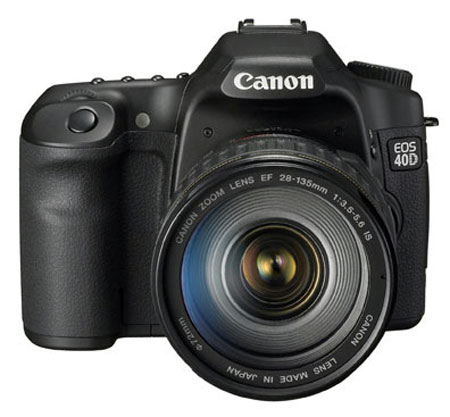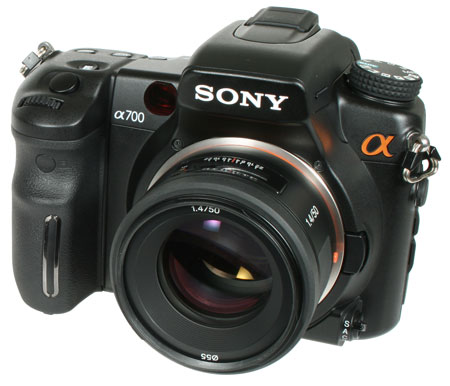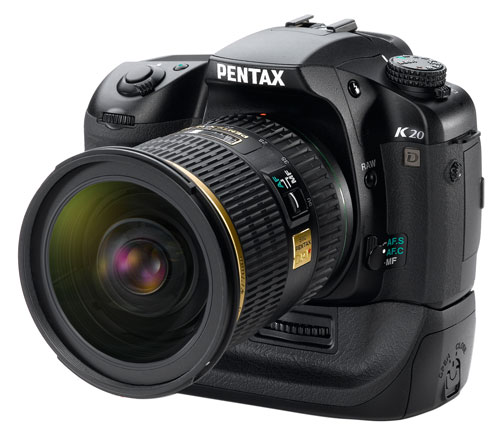How does Noise Reduction Work?
If you have ever looked closely at the lower noise images from a Nikon or Canon camera, you will notice that lower noise at high ISO is something of a balancing act. Low noise is normally achieved at the expense of loss of detail in high ISO images. The low-noise appearance is the result of smearing and softening details and sharpness, and the effectiveness of the noise reduction is really very subjective. It is a balancing act between sharpness on the one hand and noise on the other. It is even more complicated than this as noise reduction can be applied in both Chroma and Luminance dimensions and the impact of each is different. However, in the end noise reduction is always a balance between loss of detail and visible noise.
There have been many software noise reduction software programs in recent years, but most have left us with the impression that it was just as easy to live with the noise as it was with the soft smeared images of noise reduction software. Perhaps this is the result of viewing the effects of noise reduction software on Canon and Nikon digital images. As some review sites point out endlessly, Canon and Nikon understand high ISO noise and they do a good job with in-camera JPEG processing of reaching a compromise between noise and sharpness. Conversely, these same review sites endlessly point out that Sigma, Pentax, and Olympus (until recently) have noise problems and don't correctly process images. Olympus has apparently seen the noise processing light since recent Olympus model JPEG images are actually now sharper and lower noise at high ISO speeds than the RAW images captured under the same conditions. We have seen this ourselves, and so have several other respected camera review sites.

As explored in the Digital Sensor, one great appeal of the CMOS sensor over the CCD is the ability to combine noise reduction and other processing on the sensor itself. Canon has enjoyed this advantage exclusively until recently, and Canon has also been widely praised for the exceptional low-noise of their high ISO images compared to every other manufacturer in that period. The fact is Canon has used noise reduction in processing RAW and JPEG files on their image sensors. Now Sony and Nikon are doing the same in the D300 and A700 model CMOS sensor.

Sony engineers had to be scratching their head when they saw recent reviews of the A700 that screamed about noise-processing in their RAW images. The Nikon D300 is the same sensor that has noise reduction built onto the sensor just as Canon CMOS sensors do. We suppose Sony got the temper tantrum because they weren't Nikon, and because they were not as subtle as Nikon in their discussion of sensor technology. Also, in fairness to the noise reduction complaints in some reviews, the supporting Sony BIONZ processing was not very subtle compared to the EXSPEED circuitry used by Nikon. Sony has subsequently refined their post processing with firmware upgrades to the A700.

Regardless, the fact remains that Canon, Nikon, Sony, and Olympus all likely employ noise reduction in the creation of their RAW files with their CMOS sensors, and certainly they do so in the conversion to JPEG files. Sigma uses almost no noise reduction in their file conversion, and Pentax uses very little noise reduction in their in-camera JPEG processing, which is why Pentax reviews always suggest shooting RAW. The Pentax image-processing software (Silkypix) and Photoshop RAW processing certainly do employ more noise reduction than Pentax does in-camera, and thus yield better appearing images at high ISO.










61 Comments
View All Comments
n4bby - Monday, July 28, 2008 - link
agreed. i criticized some earlier reviews, but was holding out for the quality of writing and analysis to improve. that is clearly not happening. even the article synopsis in my anandtech RSS feed was completely wrong:"Not all JPEG processing is created equal, but Noiseware can often fix what camera JPEG processing leaves undone...."
i was truly puzzled by this. noise reduction has NOTHING to do with JPEG compression - that's like saying, "not all gasoline is created equal... let's see how this motor oil performs."
but i guess if it brings in the ad dollars, it's mission accomplished for the site... even though ultimately it's doing the readers a disservice.
Wesley Fink - Tuesday, July 29, 2008 - link
You are technically correct, but it appears you are straining to make your point. Certainly you, and everyone else, understands that noise reduction is one of the processes that usually happens during in-camera "JPEG" processing or during software conversion from RAW to a finished image format which is normally JPEG, but could be TIFF or even another format.In the interest of being more precise in the description I have changed it to:
"Not all image processing is created equal, but Noiseware can often reduce noise that in-camera or software processing leaves behind."
n4bby - Tuesday, July 29, 2008 - link
thank you for fixing that."Not all image processing is created equal, but Noiseware can often reduce noise that in-camera or software processing leaves behind."
so does gaussian blur! ;)
soydios - Monday, July 28, 2008 - link
Eh, I'd say that your quoted caption is an accurate description of the article. There's on-chip noise reduction that is performed before the RAW file is created, then there's software noise reduction that is performed as part of the image processing engine in-camera. The output of that image processing engine is usually JPEG or TIFF, and the RAW preview image.So, if a camera's processing engine isn't running noise reduction before writing to JPEG, then this software would finish the noise reduction stage of post-processing.
As for the software itself, I don't know about the images at full magnification, but the small previews shown indicate fairly heavy smearing. Lightroom does less smearing, and seems to be extremely capable in my experience at chroma noise reduction, and good enough at luminance.
As for writing quality, I can't do better, so I won't criticize.
n4bby - Monday, July 28, 2008 - link
it is NOT an accurate description. image processing has NOTHING to do with the final output format of the file. you said it yourself - the output could be TIFF, so what does it have to do with "JPEG processing"? call it a nit if you will, but anandtech is a technical publication, so such fundamental inaccuracies should be considered anathema.and saying you can't criticize because you can't do any better yourself seems symptomatic of the sort of mediocrity malaise that results in sub-standard institutions like the US Postal Service. ;) if we expected everything in the world to be no better than what we ourselves can accomplish, the world would be a very sad place...
guitargeek27 - Monday, July 28, 2008 - link
It's kinda unfair to compare the noise of a Nikon D3 to a Canon XSI, as the Canon has a smaller sensor (as well as a few thousand dollars less)If you wanted to be fair, how about comparing the D3 to a Canon 5D (full frame and less expensive than the d3) or the EOS 1D Mark II or III?
Spoelie - Monday, July 28, 2008 - link
Personally I think there's too much smearing going on, to the point that I like the original picture better. The first picture for example has quite a loss of detail on the windows of the buildings and on the slope of the mountain. In the second picture all the ripples are gone and the boat seems to float above instead of in the water. All non-macro low-iso shots show an incredible amount of smearing (stones on the stairway, vegetation on every background mountain, ripples in water). I don't know how anyone would consider those filtered low-ISO shots an improvement.cparka23 - Monday, July 28, 2008 - link
I've long been impressed w/ Canon's low noise compared to other makes. Up 'til now, I've always heard/assumed that it was the sensor. So is it possible to determine to what exactly the noise reduction is attributable in many cameras? Is it due to an algorithm or is it really the sensor? I guess we'll never know, since the images are already 'processed' in RAW, will we?cparka23 - Monday, July 28, 2008 - link
hmm.. after rereading, that first question didn't come across as I had entirely hoped. regardless, the article helped me understand this a bit.Thanks, Wes.
strikeback03 - Monday, July 28, 2008 - link
Canon states that the only noise reduction done to their RAW images is dark noise subtraction. They have plenty of whitepapers on their technology floating around.